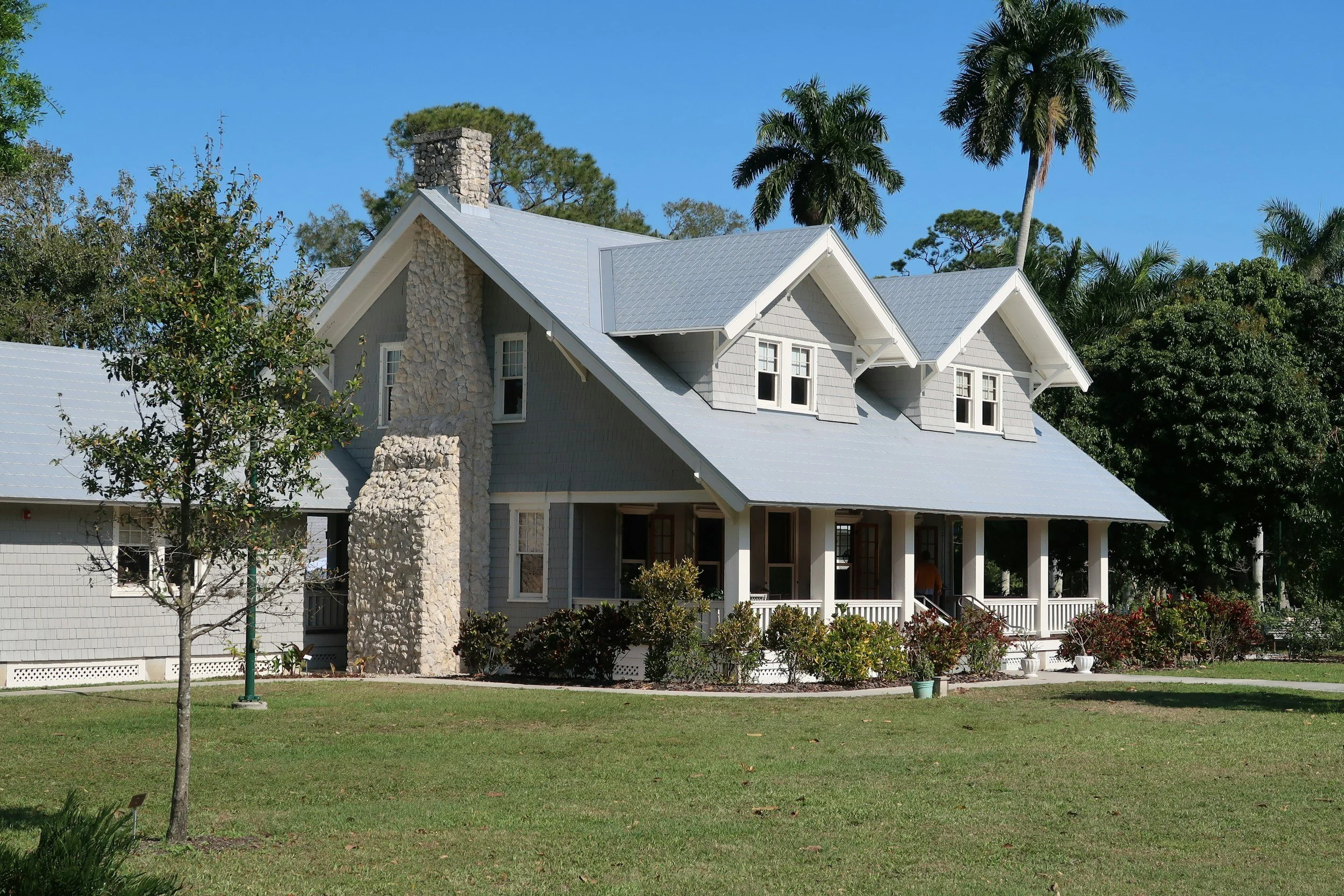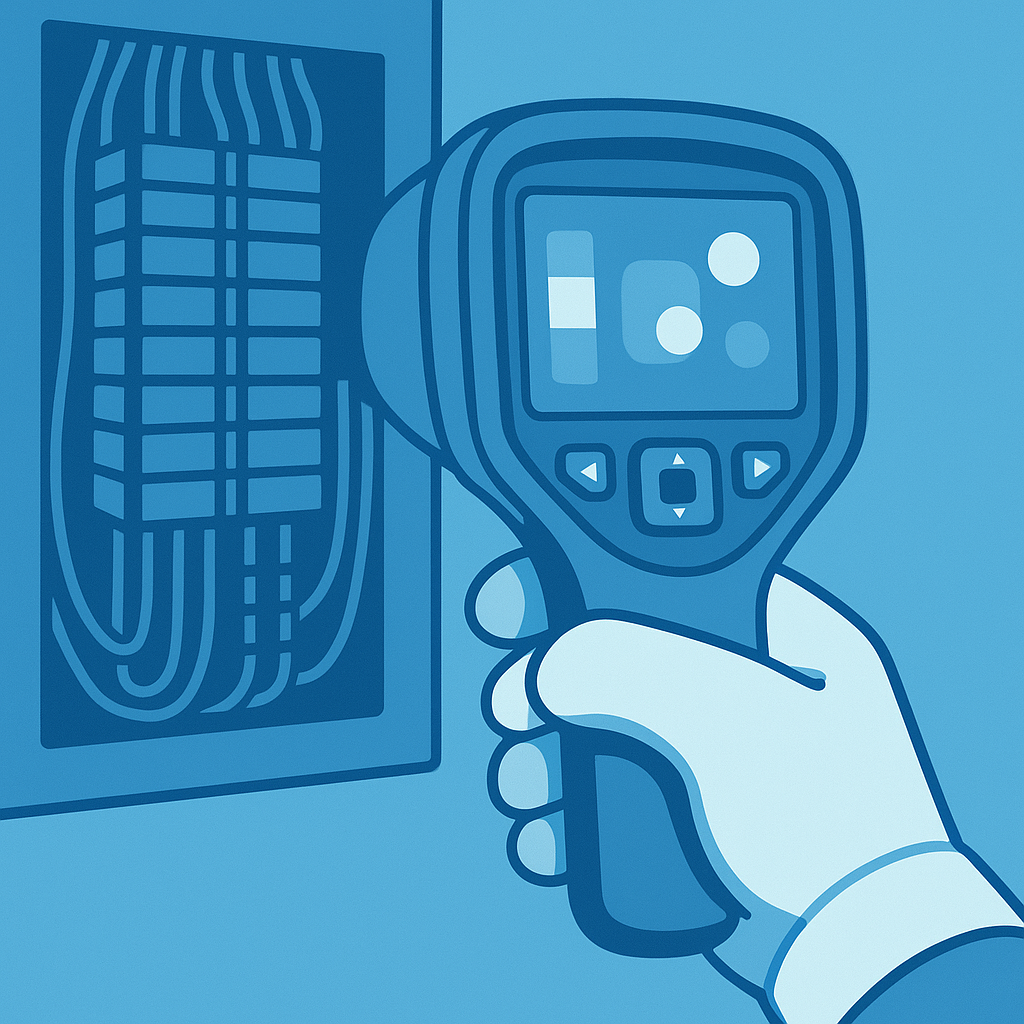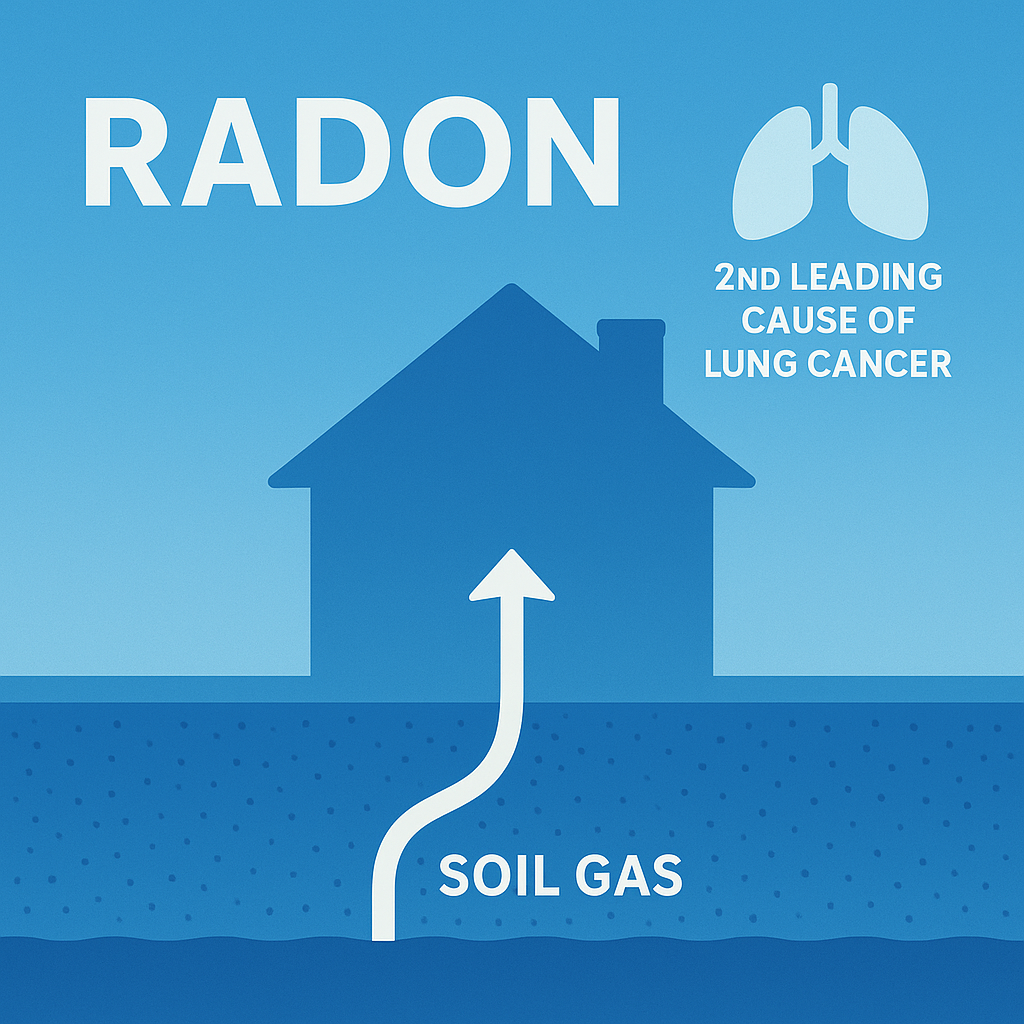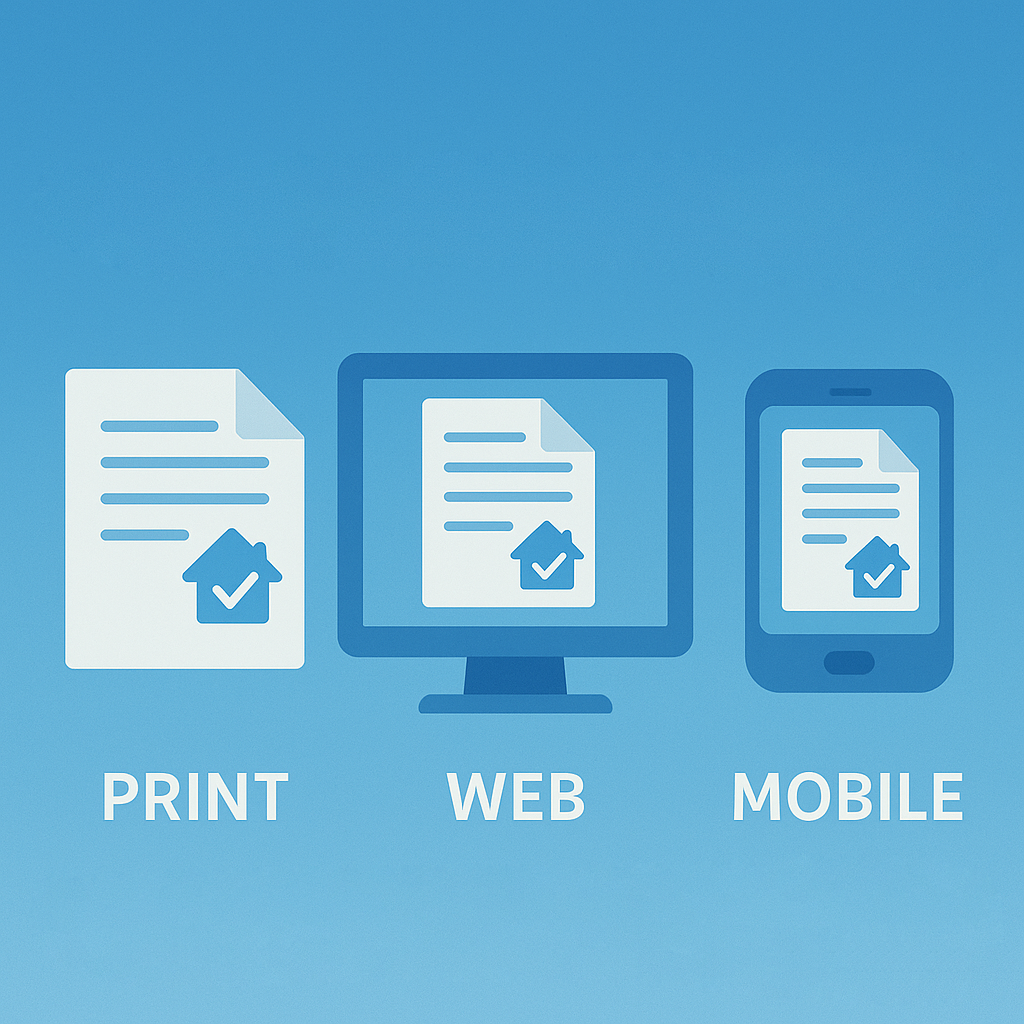What Is a Home Inspection?
Buying a home can be overwhelming. Between offers, conditions, and closing dates, it's easy to feel lost. A home inspection is your chance to really understand what you're buying—beyond the fresh paint and staging.
A home inspection is a thorough visual examination of the house. We look at everything we can see and access without opening walls or doing any destructive testing. That means checking the roof, foundation, plumbing, electrical, heating, and all the other systems that make your home work. If there's something concerning that needs further investigation, we'll recommend next steps.
Think of it as a check-up that helps you understand the home's current condition. We'll explain what we find in plain language—no scare tactics. Just clear information so you can make a confident decision about the biggest purchase of your life.
What’s Included in Every Inspection:
Every home inspection covers all the essential systems and components, according to the InterNACHI Standards of Practice. But we go beyond the basics—these valuable services are always included at no extra charge:
Thermal Imaging
Moisture problems, missing insulation, and electrical hot spots that could mean trouble
Drone Use
Detailed roof inspection, seeing everything clearly, even areas that are typically out of reach
Radon Sampling
Know your levels at time of inspection. Learn more here
Photo Report
Delivered on-site, mobile-ready & ready to share with your realtor

The Inspection Process:
Schedule - Have your realtor reach out, or call 306-800-OKSK (6575). Available 7 days a week
Pre-Inspection - We'll send you the contract and welcome any concerns and areas of the home you want to focus on
Inspection Day - Inspection lasts about 3 hours
Presentation - Right after the inspection, at your prospective home, we’ll review the report together and answer any of your questions
Your Report - Receive your comprehensive report before you leave
Conditions matter - In our market, inspection conditions protect you. Don't waive them to compete
It's not pass/fail - Every home has issues. We help you understand which ones matter
Bring questions - This is your chance to learn about your potential new home
Think long-term - We'll point out upcoming maintenance so you can budget accordingly
Good to Know:
FAQs
-
Absolutely. This is your chance to learn about your potential new home firsthand. You’ll learn where important systems are located (water shut-off, electrical panel, furnace filter) and we can explain any concerns in person. It's much better than trying to understand everything from a report later.
-
Every home has issues—even new ones. Our job is to help you understand which issues are minor maintenance items and which ones might need immediate attention. Most problems can be negotiated or budgeted for. We provide context, not catastrophe.
-
We don't inspect what we can't see; inside walls, underground pipes, or under insulation. We also don't check for environmental concerns like asbestos or mold (though we'll note visible signs).
-
Yes, we inspect year-round. Winter actually reveals some issues better, like ice damming or heat loss. We might not be able to observe the roof surface or test the AC, but we'll note these and any other limitations.
-
No. A home inspection is about information, not judgment. We'll give you the facts about the home's condition so you can make an informed purchasing decision. What's a deal-breaker for one buyer might be a minor issue for another.
-
Saskatchewan has some of the highest radon levels in Canada. We take a snapshot reading during your inspection to identify if levels are elevated. If they are, it’s a strong indication to follow up with a proper 91-day test. It's better to know early—radon mitigation is straightforward but good to budget for if needed.
